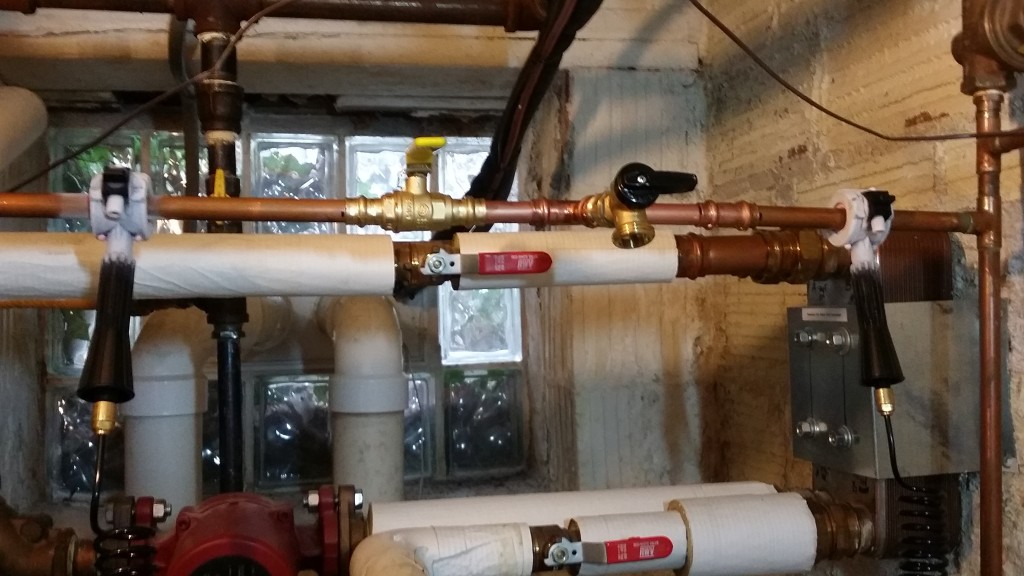

So it mostly had a psychological aspect of putting the final nail in the coffin and ‘releasing’ Israel to start negotiating other options, like liquefied natural gas (LNG) or a pipeline to Turkey, without angering Greece and Cyprus.” wasn’t offering to pay for the pipeline at any point. Rettig noted that when America said it would “withdraw its support” from the pipeline, “this didn’t mean much because the U.S. Before they build a pipeline, they need to secure a binding 10- to 15-year contract with a customer in Europe at a fixed price,” but no one is willing to commit. But when you build a pipeline, you need to assess the price five years from now when the pipeline would be built and not what the prices are right now. Now, he said, “prices of gas in Europe are soaring, so you can justify the pipeline. “It would have cost a lot and would require European customers to pay a high price to cover the costs of the pipeline.” “It makes for a very challenging engineering project,” he said. Rettig said in some areas, the water pressure would force the pipeline to be rather small in diameter, and in other areas, like near the island of Crete, the bottom of the sea is volcanic, so the ground moves. He explained that EastMed was designed to be the longest and deepest underwater pipeline in the world for a relatively small amount of gas. State Department sent a non-paper to Greece in January in which it expressed reservations about the pipeline’s environmental impact and economic feasibility.Īccording to the Greek media, the non-paper described the project as a “primary source of tension,” and something that was “destabilizing” the region by putting Turkey and regional countries at loggerheads.Īlthough the United States was not providing the funding-estimated at close to $7 billion-its political support was considered essential to go forward.Įlai Rettig, assistant professor at the department of political studies at Bar-Ilan University in Ramat Gan who specializes in energy geopolitics, told JNS the pipeline “lacked economic viability at the time that the U.S. While the Trump administration supported the project, the Biden administration has not, freezing the effort after the U.S. The EastMed Pipeline is a proposed 1,300-mile pipeline-1,000 miles of which would be undersea-from the Levantine Basin to Europe, making landfall in Cyprus, Greece and Italy. He also said he wasn’t sure that the United States had ever actually supported the pipeline, though “it did want to encourage cooperation between Israel, Greece and Cyprus.” Turkey is not part of the EastMed project, but since it declared an exclusive economic zone (EEZ) that overlaps the pipeline route and has an existing EEZ dispute with Greece, there are “too many headaches,” according to Henderson.


 0 kommentar(er)
0 kommentar(er)
